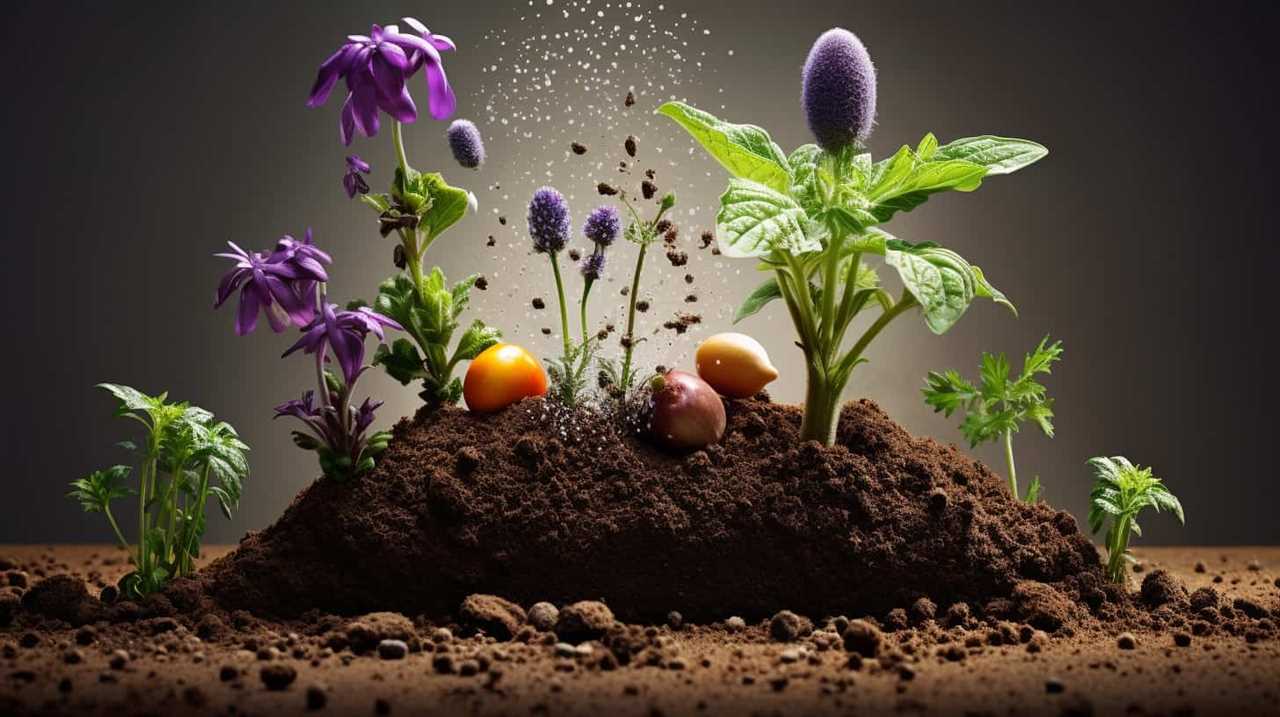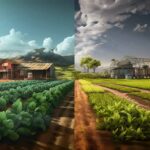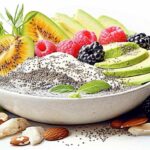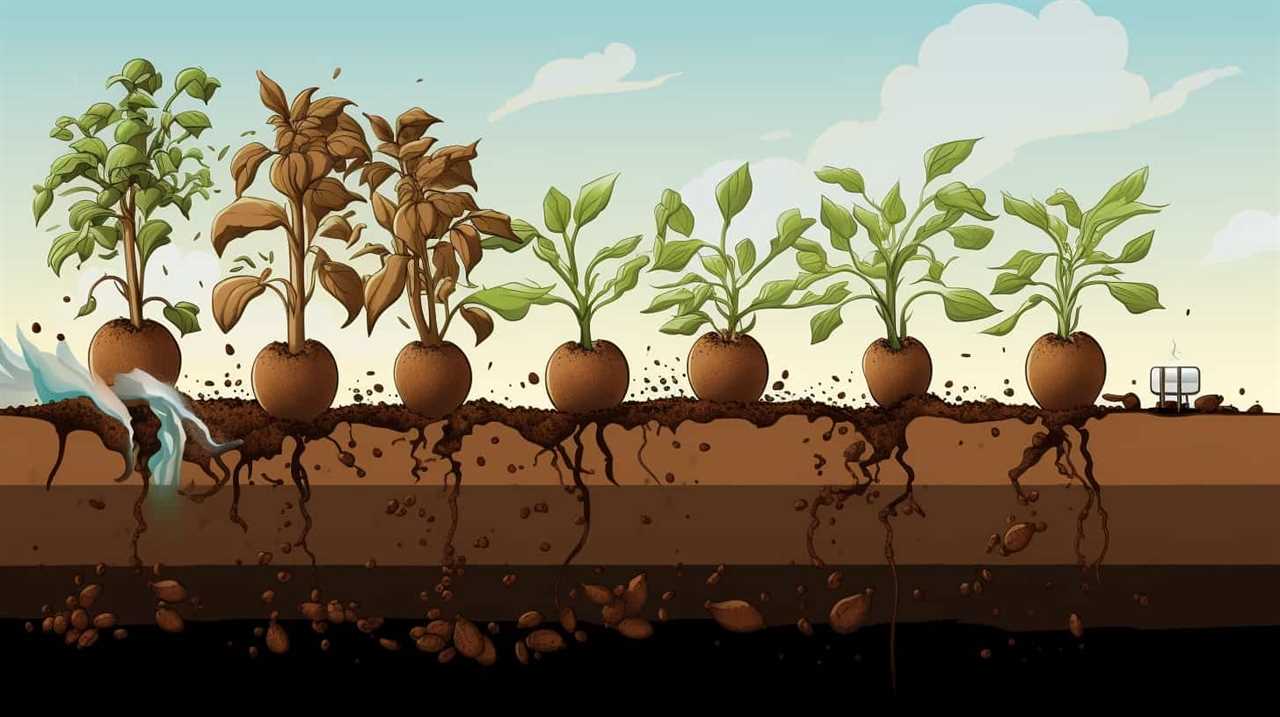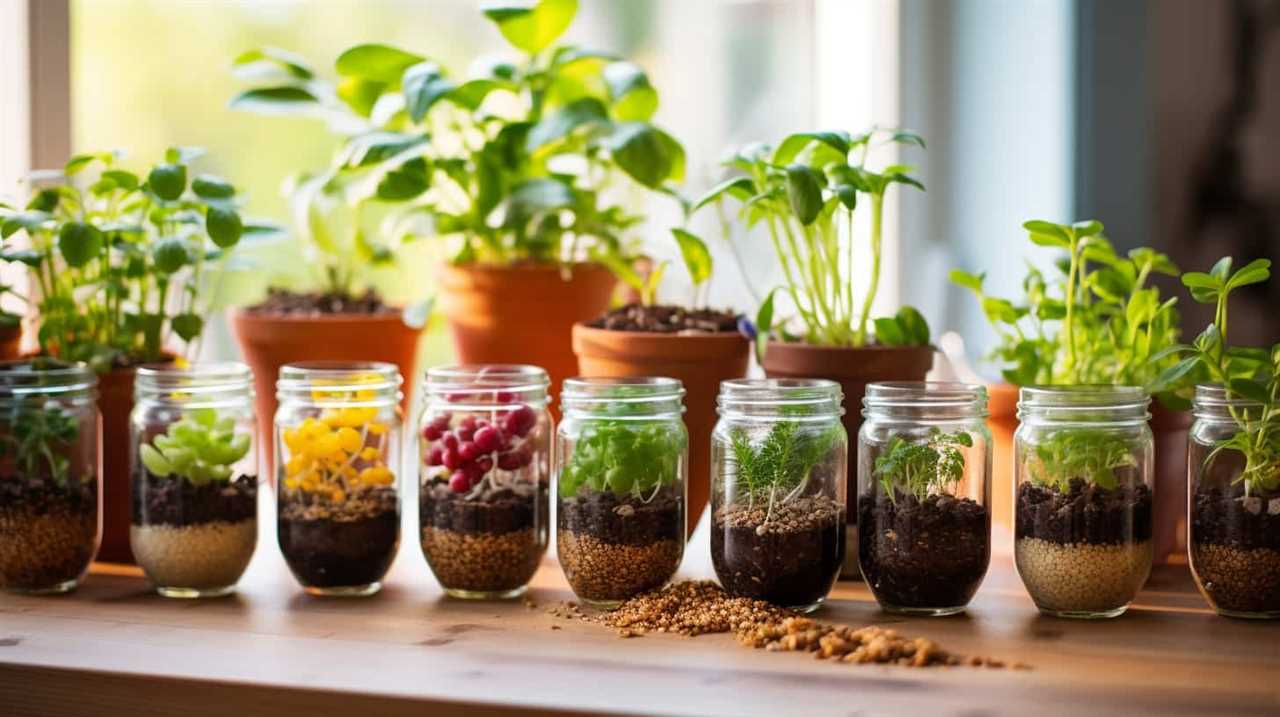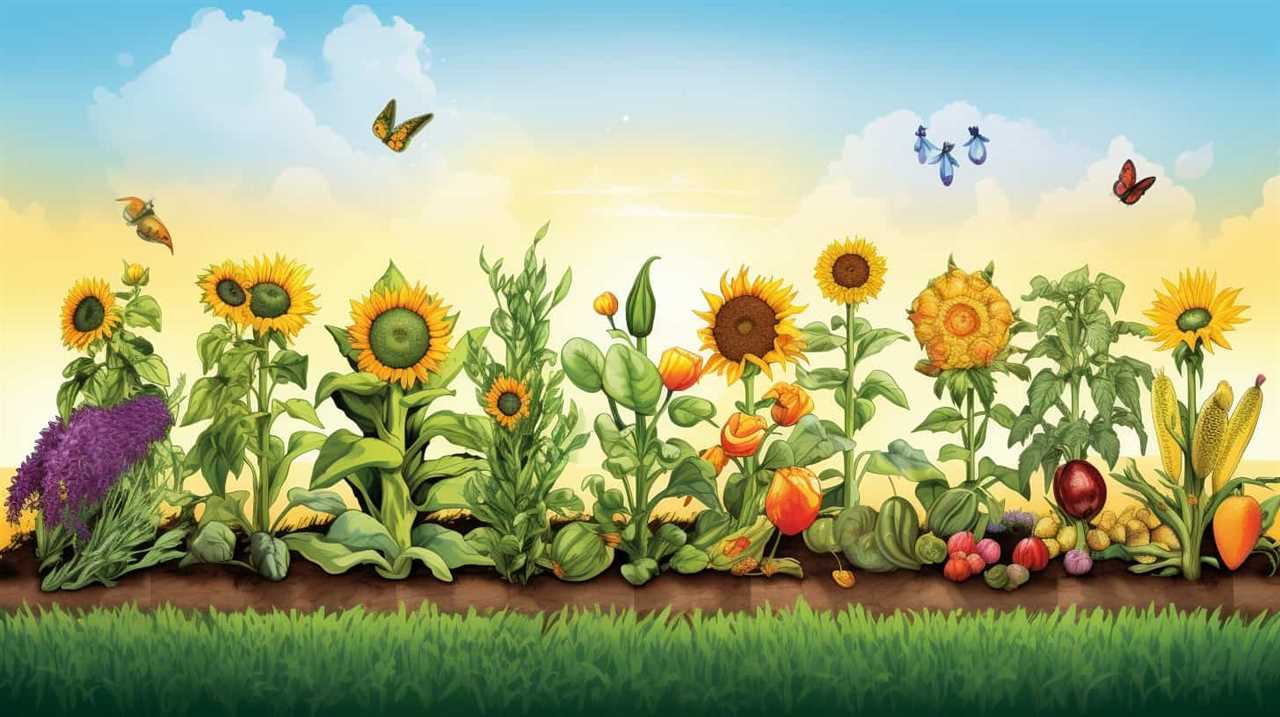We have traveled through the vast realms of knowledge in search of the secrets to successfully growing commercial seed crops. Join us on this enlightening journey as we uncover the strategies necessary for achieving prosperity.
By delving into soil preparation, seed selection, irrigation, pest control, and post-harvest handling, we will equip you with the tools to thrive in this ever-evolving industry.
Together, let’s unlock the potential and reap the bountiful rewards of cultivating thriving seed crops.
Key Takeaways
- Cover crops protect and enrich the soil, preventing erosion and suppressing weeds while improving soil structure and nutrient content.
- Organic amendments like compost or manure enhance soil health, improving structure, water-holding capacity, and nutrient availability.
- High-quality seeds are essential for successful cultivation of seed crops, considering factors like germination rate and disease resistance.
- Efficient watering techniques, monitoring soil moisture levels, and crop rotation can maximize water usage, enhance water efficiency, and maintain soil health.
Soil Preparation and Fertility Management
In this article, we’ll explore the essential steps for preparing the soil and managing its fertility when cultivating commercial seed crops.

Soil preparation plays a crucial role in promoting optimal plant growth and maximizing crop yields. One important technique is the use of cover crops, which are grown primarily to protect and enrich the soil. Cover crops help prevent erosion, suppress weeds, and enhance soil structure. They also provide organic matter when incorporated into the soil, improving its fertility and nutrient content.
Another vital aspect of soil preparation is the application of organic amendments. These amendments, such as compost or manure, supply essential nutrients and enhance soil health. They improve soil structure, water-holding capacity, and nutrient availability, leading to healthier and more productive seed crops.
Seed Selection and Sourcing
To ensure success in cultivating commercial seed crops, we prioritize the selection and sourcing of high-quality seeds. Seed quality assessment is crucial in determining the viability and performance of seeds. We carefully evaluate factors such as germination rate, purity, vigor, and disease resistance. This ensures that our crops have the best chances of success and high yields.
Additionally, we emphasize genetic diversity preservation by sourcing seeds from diverse gene pools. This helps us maintain a resilient and adaptable seed stock that can withstand changing environmental conditions and evolving pests and diseases. We also collaborate with reputable seed suppliers who share our commitment to quality and genetic diversity.
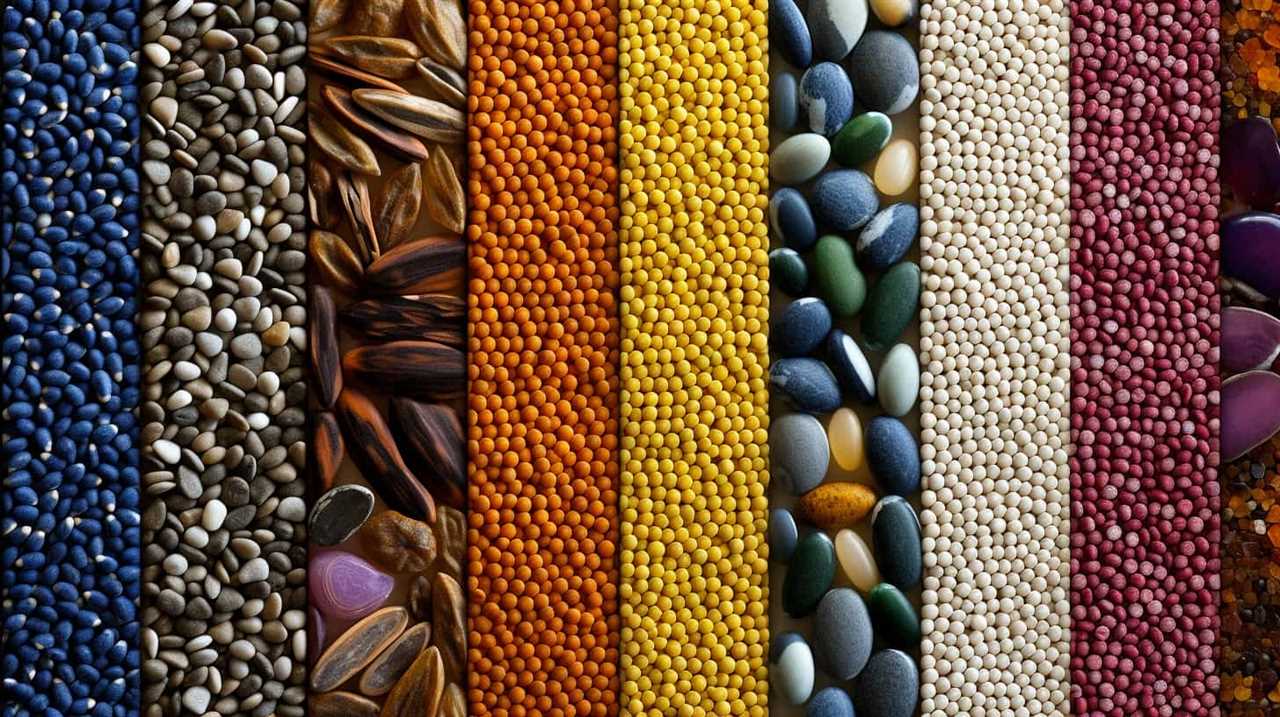
Irrigation and Water Management
We frequently optimize irrigation and water management practices to ensure the success of our commercial seed crops. Efficient watering is essential for maximizing crop yields and minimizing water waste. By carefully monitoring soil moisture levels and employing precision irrigation techniques, we can provide the right amount of water at the right time, avoiding both over- and under-watering. Additionally, implementing crop rotation strategies helps to enhance water efficiency and maintain soil health. By alternating crops with different water requirements, we can reduce the risk of water stress and optimize water usage throughout the growing season. The table below demonstrates the benefits of efficient watering and crop rotation in commercial seed crop production:
| Benefits of Efficient Watering | Benefits of Crop Rotation |
|---|---|
| – Minimizes water waste | – Enhances water efficiency |
| – Maximizes crop yields | – Maintains soil health |
| – Reduces water stress | – Optimizes water usage |
Pest and Disease Control
Continuing with our focus on ensuring the success and profitability of our commercial seed crops, let’s now delve into effective pest and disease control strategies. Integrated pest management (IPM) is a holistic approach that combines various methods to keep pests and diseases in check while minimizing harm to the environment.
Here are four key strategies to consider:
- Crop rotation: Rotating crops helps disrupt pest and disease cycles, reducing their impact on subsequent plantings.
- Biological control: Introducing beneficial insects, such as ladybugs and predatory mites, can help control pests naturally.
- Cultural practices: Implementing good sanitation practices, such as removing crop residues and using clean equipment, can reduce disease incidence.
- Disease-resistant varieties: Selecting and planting seed varieties with inherent resistance to common diseases can greatly reduce the need for chemical interventions.
By incorporating these strategies, we can effectively manage pests and diseases while promoting the liberation of our commercial seed crops.
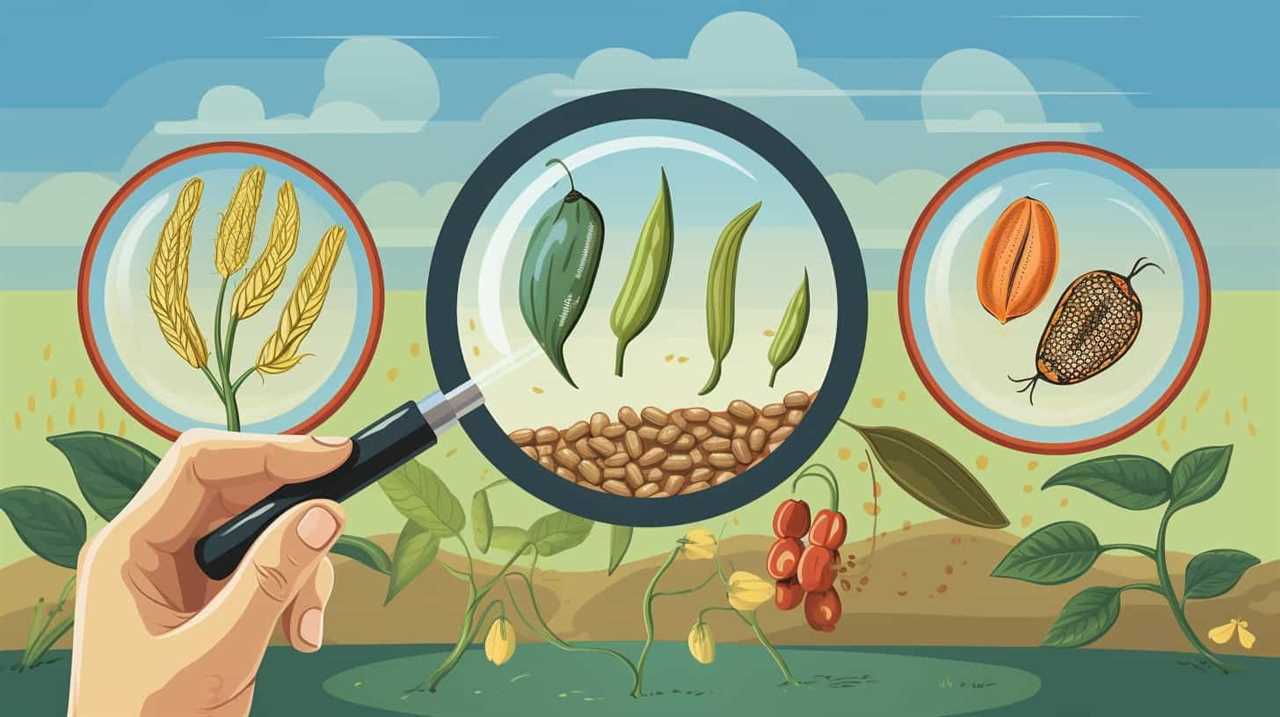
Now, let’s move on to the next section on harvesting and post-harvest handling.
Harvesting and Post-Harvest Handling
For efficient and successful cultivation of commercial seed crops, proper harvesting and post-harvest handling are crucial steps. These processes ensure the preservation of seed quality and viability, enabling farmers to maximize their profits. Harvesting involves the careful removal of mature seedheads or pods from the plants. Post-harvest handling includes activities such as drying and storage, which are essential for maintaining seed quality and preventing deterioration.
To emphasize the importance of these steps, we have compiled a table outlining the recommended practices for drying and storage, as well as quality assurance measures:
| Drying and Storage | Quality Assurance |
|---|---|
| – Ensure proper air circulation during drying | – Conduct regular quality checks |
| – Dry seeds to the appropriate moisture content | – Monitor temperature and humidity levels |
| – Store seeds in cool, dry, and well-ventilated spaces | – Implement pest control measures |
| – Use suitable containers to prevent moisture ingress | – Label and track seed lots |
Conclusion
In conclusion, profitable strategies for cultivating commercial seed crops require careful attention to several key factors.
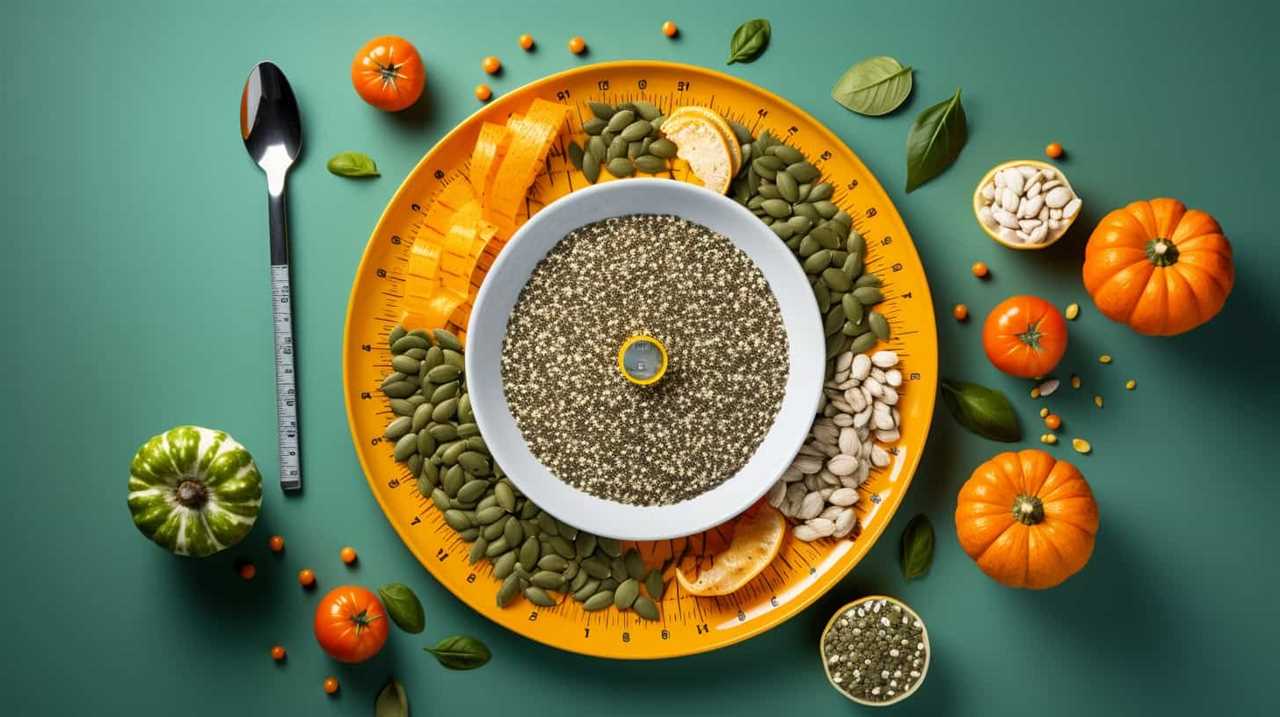
- Soil preparation and fertility management are essential for creating optimal growing conditions for the crops. This includes techniques such as tilling, adding organic matter, and ensuring proper nutrient levels.
- Seed selection and sourcing play a crucial role in determining the quality of the crops. Farmers must choose high-quality seeds that are well-suited to their specific growing conditions.
- Irrigation and water management are important considerations, as water is essential for seed crop growth. Farmers need to carefully monitor and regulate water usage to ensure that the crops receive adequate moisture.
- Pest and disease control is necessary to protect the crops from potential damage. Farmers must implement effective strategies to minimize the impact of pests and diseases on their seed crops.
- Harvesting and post-harvest handling are critical steps in maintaining the quality of the seeds. Proper techniques and equipment must be used to ensure that the seeds are harvested at the right time and are handled carefully to prevent damage.
By implementing these practices, farmers can maximize their crop yields and ensure the quality of their seeds. The success of these strategies is crucial for the sustainability and profitability of the seed industry. Without proper attention to these factors, the potential for achieving extraordinary seed crop production may remain elusive.
